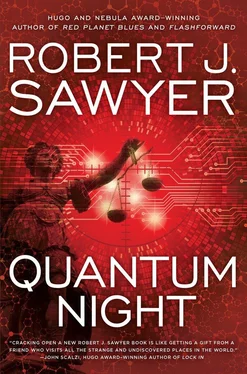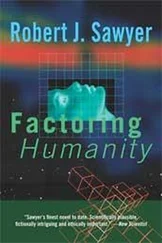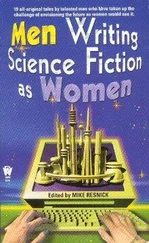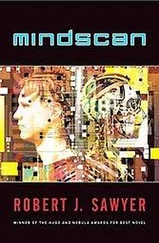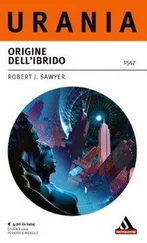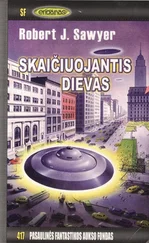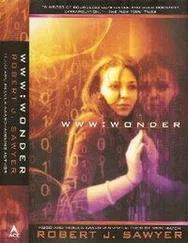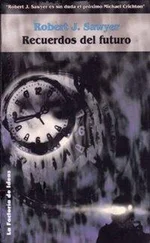The actor who portrayed Milgram was a little old for the portions of the story set in 1961 but was quite compelling, and the reconstructions of Milgram’s shock machine and lab were spot-on. The psychologist in me wanted to quibble with a couple of things—the playwright had relied too heavily on Gina Perry’s 2013 book about Milgram’s work, which I’d found unconvincing—but the theatergoer was thoroughly entertained, and Heather had sat rapt, absolutely motionless, throughout the entire performance.
As my sister and I headed out of the theater, I would have loved to have been able to tell her about the reality of p-zeds. The ability of Milgram and his assistants, as authority figures, to get subjects to administer what they thought were increasingly severe—and even life-threatening—electric shocks despite the protests and eventual screams of the recipients had confounded social-science researchers for six decades. Most of Milgram’s subjects, although paying lip service to having qualms, kept ramping up the voltage again and again; his success rate was exactly what you’d expect if sixty percent of the human race were mindless zombies with a large dose of heartless psychopaths on top.
I didn’t say any of that to Heather, though. Still, as we passed the statues again, I asked, “What did you think of the play?” It was getting on to 11:00 P.M., and the air had grown chilly.
“It was good,” Heather replied.
“That all? Just good?”
She paused as if thinking, then: “Yeah.”
We headed south, the Red River a long block to our left. Rounding a corner, I heard a great commotion up ahead: people shouting and yelling, and, within seconds, multiple car alarms, and the jangle of shattering glass.
“What the hell?” said Heather.
I pulled out my phone, clicked on the CBC app. The first headline said it all: “Jets Crash 5 to 4 in Sudden-Death Overtime.”
“Christ,” I said as what I assumed were store alarms started wailing—followed shortly thereafter by two white police cars barreling past us from behind, their roof lights on.
“We better turn back,” I said, but within seconds, I could hear rioters behind us, as well. “Come on!” I shouted, pointing down a side street that looked empty. We started to run, but Heather, now in stocking feet after removing her high heels, couldn’t keep up with me. I slowed down but quickly realized the mistake I’d made. The buildings on either side of us were mostly dark, but up ahead, where this street crossed another, I could see a mob running east, and, in rapid succession, I heard three more windows shatter and a trio of new alarms joining the cacophony.
To our left, smoke was billowing up above the dark silhouette of a four-story office building. There was a narrow, litter-strewn alleyway between two of the buildings here, and we headed down it. We’d probably be safe simply hiding, and I was all for that, but, incredibly, Heather urged me to keep going. “Come on!” she said. “Let’s see!”
The whoomp-whoomp-whoomp of a helicopter caused me to look briefly up—and in that moment, Heather took off down the alley, heading toward the roaring crowd.
I followed, soon catching up with her. We emerged from the alleyway less than twenty meters from five muscular guys, all in Winnipeg Jets hoodies, flipping a red Hyundai Elantra onto its roof; its alarm was wailing. Heather stopped dead, and I have to confess I did, too; you hear about things like that on TV, but to actually see it was something else. The windshield shattered as the car’s canopy collapsed under the vehicle’s weight. The guys looked at their handiwork, and one of them shouted, “Fuck the Devils!” The others soon took up the cry, raising clenched fists to the black sky, and, to my astonishment, my own sister followed suit, hollering, “Fuck the Devils!”
It wasn’t “Jump! Jump! Jump!” —but it was spreading.
“Heather!” I shouted. “For God’s sake!”
The band moved on, and instead of going in the opposite direction, Heather started following them.
The alignment rule: pick a heading for yourself that’s an average of everyone else’s trajectories.
“Heather! Are you nuts?” I set off after her. The five hoods came to a halt, and so did my sister, giving them space.
The separation rule: avoid crowding your neighbors.
She turned and faced me. “Come on, Jim. You only live once.”
The punks were trying to roll another car, but either they were running out of alcohol-fueled steam, or it was heavier than a Hyundai, because they weren’t managing to get it elevated past the tipping point.
Beyond them, a fire was burning brightly: another person’s car had been set ablaze. And someone else was throwing things at a storefront, trying to get the glass to shatter—
—which, at last, it did, the sound a sharp counterpoint to all the other noises rising up about us.
Heather tipped her head down, and I thought she was averting her gaze from the carnage, but then I realized she was looking around for something she herself could hurl through a window.
I surged in, took her by the elbow, swung her around, and pulled her along with me back into the relative safety of the alleyway.
“For God’s sake,” I said, “there are security cameras everywhere, and you’re a fucking officer of the court.”
She looked pissed for a moment, then nodded and lifted her shoulders. “Yeah, I guess.”
The rioting was likely to last all night. Winnipeg had never had something like this before, but Vancouver had—twice—and other cities all over the globe had seen this sort of hooliganism in the past, although more often, in fact, in the winning team’s hometown than in the loser’s.
I could smell smoke now, and the background of shouts and sirens, of alarms and things shattering, continued.
I stared at my sister. Christ, could it be? The whole point of philosopher’s zombies is that, at least most of the time, there’s no way to tell one from someone who is thinking on a conscious level. And, damn it all, the revelation of their existence had been so easy to accept in the abstract—six out of every ten humans lacking an inner life. But my own sister?
I continued to look at her, and she looked back at me, and I tried to fathom what, if anything, was going on behind those brown eyes of hers, as the mob surged and roared through the city I called home. I pulled Heather close, hugging her in a way I hadn’t for decades, keeping her warm and safe against the flickering flames. My eyes stung—but surely it was from the smoke. Sirens blared from all directions, and we waited, my sister and I, together and yet oh-so-apart.
The rioting continued for hours. Fire trucks and ambulances were stymied by overturned cars and barricades made of whatever torn-down fences, garbage cans, recycling bins, loose lumber, and other junk people had pushed into the middle of the roads.
I had a plan that I hoped would get us to a safe haven, which started with having us backtrack along Main Street to Lombard Avenue. On the way, we saw another car being flipped, and three more that already had been. A pair of red Canada Post mailboxes had been knocked over, and one of them had spilled its contents onto the sidewalk. The building on our left had five large square ground-floor windows in a row, and Heather and I watched as a guy used a crowbar to smash each of them in turn, a perfect bingo of destruction.
We exited Lombard at Waterfront Drive by a railway bridge that crossed the hundred-meter width of the Red River. I’d hoped we could clamber up and get over to the residential neighborhood on the east side, but there were already a bunch of people on the tracks, the safety fencing having been torn down. And so, instead, Heather and I headed south along Waterfront Drive, the trees of Stephen Juba Park between us and the river on our left and the deserted Shaw Park baseball stadium on our right. The air was thick with smoke—some of it burning wood, some of it marijuana. We continued cautiously forward. Several of the streetlights high atop their standards looked like they’d been shot out with rifles.
Читать дальше
